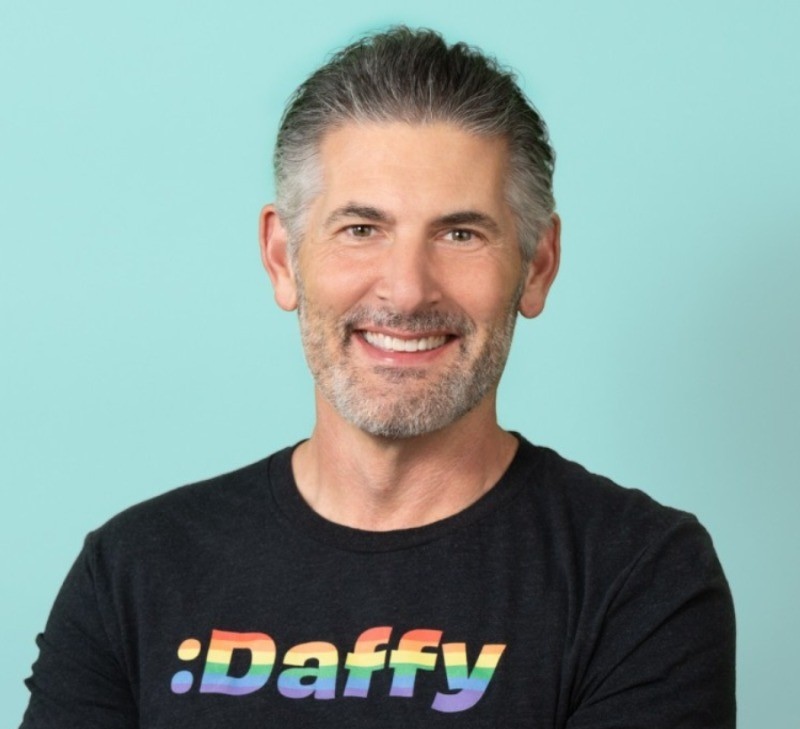Daffy, a startup founded by fintech veteran and former Wealthfront CEO Adam Nash, aims to infuse A.I. into the sleepy world of philanthropy to make charitable giving as easy as possible. Daffy, which stands for “Donor-Advised Fund for You,” provides streamlined access to donor-advised funds (DAFs), a philanthropic vehicle that allows donors to make an initial contribution, receive tax benefits and subsequently make grants to their preferred charities over time.
DAFs have long remained largely unavailable to ordinary philanthropists, but A.I. could change that. Daffy recently launched an A.I.-powered feature that helps its users discover causes aligned with their values.
“A.I. has immense potential to actually bring those advantages to everyone,” Adam Nash, founder and CEO of Daffy, told Observer in New York earlier this month. Utilizing the new technology is “like having an unlimited number of assistants to help you with things,” he added.
An app to help people be more generous, more often
Nash has a breadth of experience in fintech, having previously served as CEO of Wealthfront and as a board member at Acorns. In 2020, he turned his attention to philanthropy after asking a simple question: why is the concept of giving drilled into children through school lessons and teachings from family and community members, but largely neglected in adults?
“It really struck me that in fintech there was all this great tech over the last 10 to 15 years to help people spend better, save better, invest better—but there wasn’t really a great app to help people give better,” said Nash. “This sector is kind of well-known for being behind in technology—it’s still a world of emails and PDFs and that sort of thing.”
Since launching in 2020, Daffy has drawn more than 10,000 members, who donated $40 million in 2024 to roughly 6,700 charities—a three-fold increase from the year prior. The startup is backed by prominent tech investors including Reid Hoffman, Dylan Field, and Mike Schroepfer.
DAFs have faced criticisms for how they are used by wealthy donors, particularly due to limited transparency requirements and delays in distributing funds to charities. “I think it’s a good thing for people always to have scrutiny over how money flows,” said Nash. “That being said, I think we over-focus on the wealthy a bit much.” He added that he would “hate to see concern about what billionaires are doing affect a tool that could be valuable for tens of millions of people.”
That doesn’t mean Daffy doesn’t have wealthy members—its largest single donation in 2024 was $1.5 million, and it hosts accounts ranging from seven to eight figures. But its median donation last year was just $100. The platform also offers a lower barrier to entry than most other DAF services, charging most members only $3 per month.
How A.I. makes giving easier
Daffy’s recent adoption of A.I. tools is designed to make DAFs even more accessible. One of the latest features, Quick Donate, enables users to make donations by typing or speaking simple commands like “Give $100 to my daughter’s school.”
The tool draws on users’ app history to personalize and streamline the experience, aiming to eliminate the friction caused by forms and administrative hurdles. About 60 percent of people who don’t complete a donation on their first attempt intend to return—but rarely do. “If you can’t give in that moment, most of it gets lost,” said Nash.
Other A.I.-driven features include automated thank-you notes sent after donations, which Nash says encourage repeat giving. The technology also helps surface information about charities that might otherwise be buried in hard-to-access documents like 990 forms, making it easier for users to make informed decisions.

